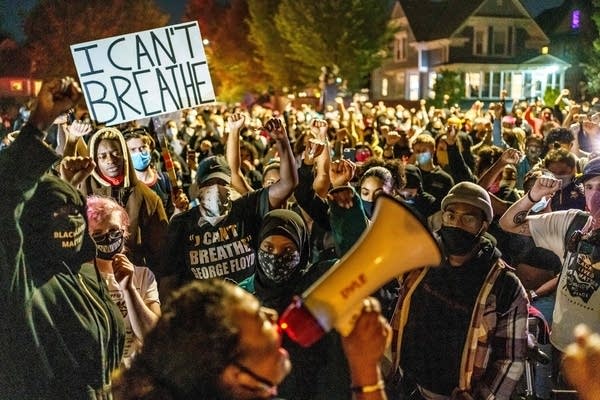Before George Floyd: A Minneapolis legacy of protest, policing and the long road to change

Protesters raise their fists during a demonstration after the release on bail of former police officer Derek Chauvin in Minneapolis on Oct. 7, 2020.
Kerem Yucel | AFP via Getty Images
Go Deeper.
Create an account or log in to save stories.
Like this?
Thanks for liking this story! We have added it to a list of your favorite stories.


